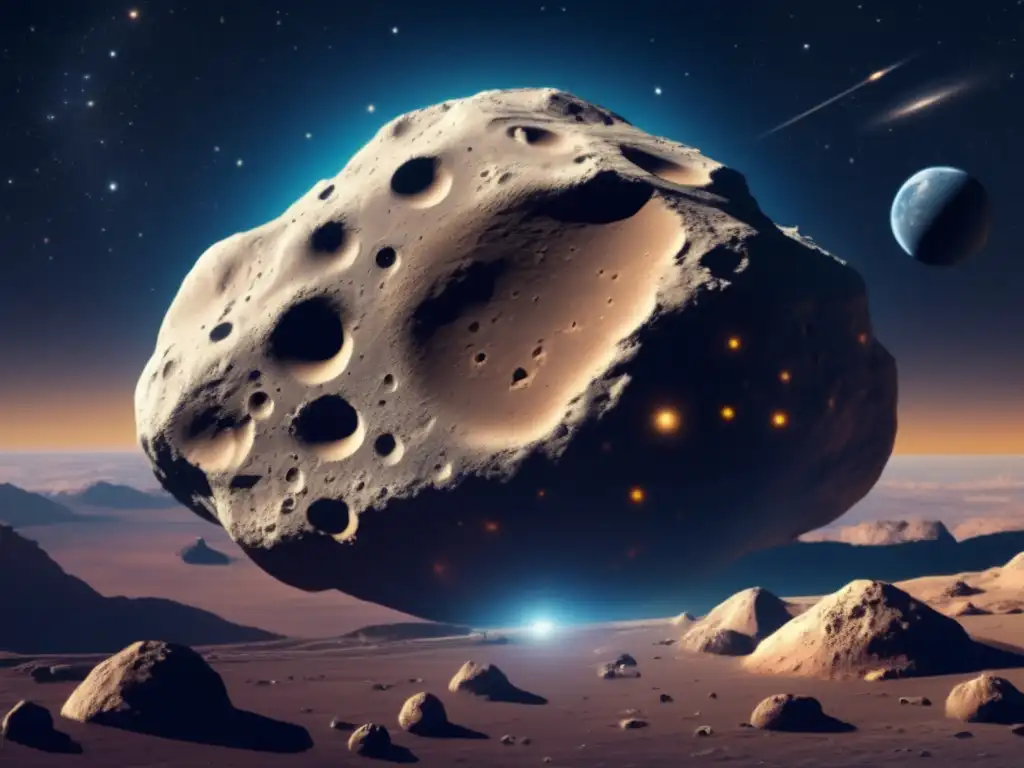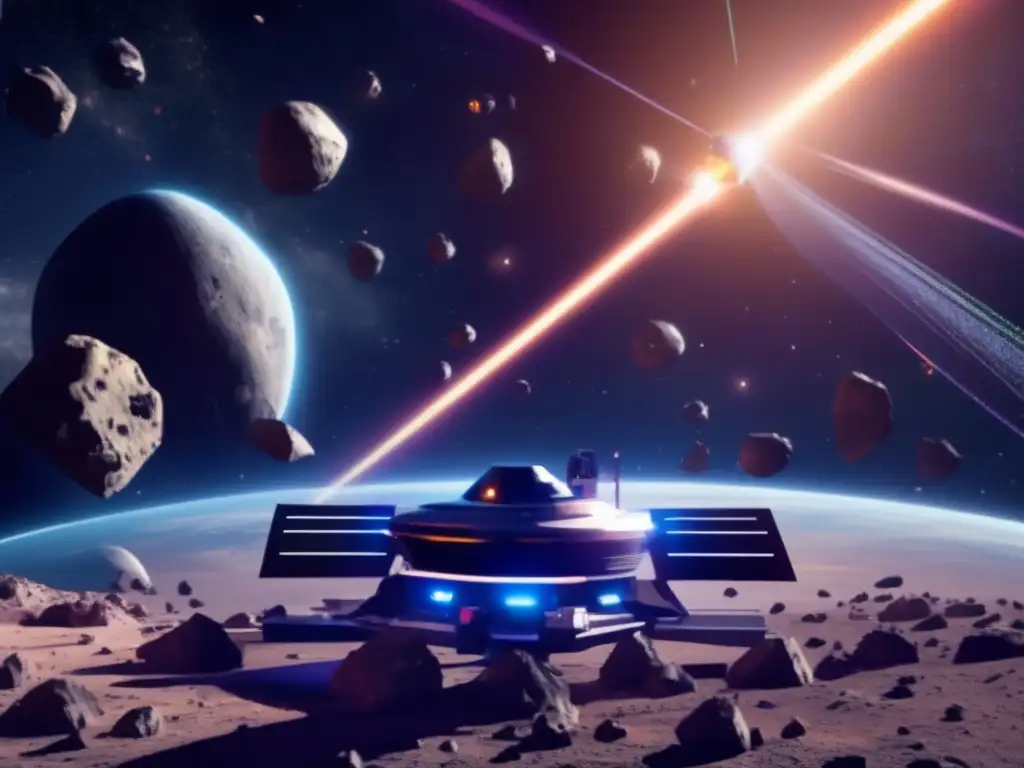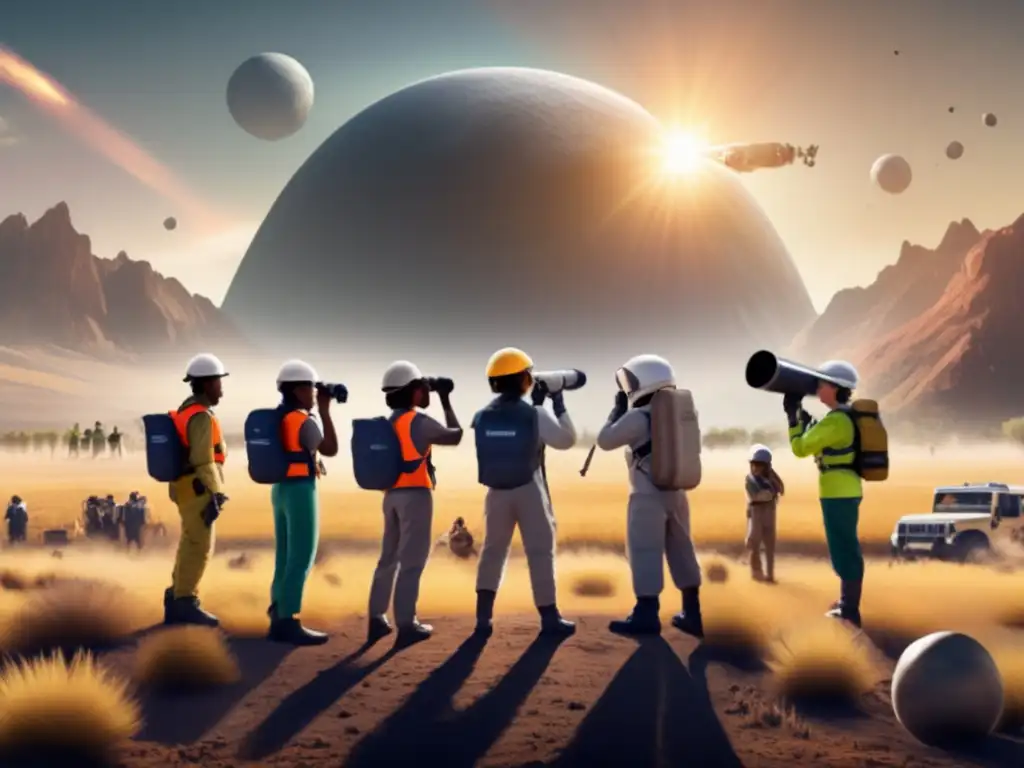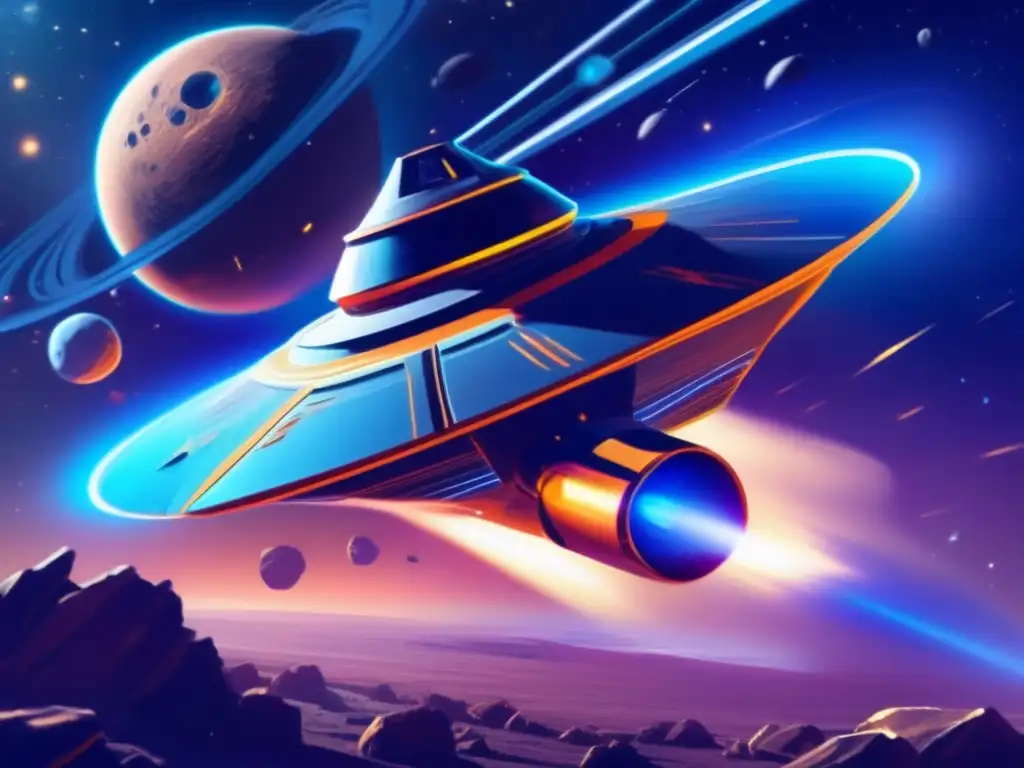Standing Guard: How We Protect Earth From Asteroids

Introduction
Asteroids have been a topic of interest for scientists for years due to the potential danger they pose to Earth. A single asteroid impact has the capability to wipe out entire cities, leaving behind a trail of destruction and chaos. As a result, there have been various efforts to protect our planet from the threat of asteroids. In this article, we will delve into the different ways we protect ourselves from these celestial objects.
Early Detection Systems

NASA's Sentry System
NASA's Sentry System is a computer-based monitoring system that identifies potentially hazardous asteroids. The system uses data from multiple sources, including telescopes and radar, to track asteroids and determine their impact probability on Earth. If an asteroid is found to have a high impact probability, NASA will then investigate further and possibly take action to deflect the asteroid from Earth's orbit.
Near-Earth Object Wide-Field Infrared Survey Explorer (NEOWISE)
The NEOWISE telescope is another early detection system used to monitor asteroids. It uses infrared technology to detect and track asteroids, providing more accurate data about their location, size, and velocity. This information is critical for determining the potential dangers posed by asteroids and devising appropriate deflection strategies.
European Space Agency's (ESA) Space Situational Awareness Programme (SSA)
The ESA's SSA program is a series of initiatives aimed at identifying potential asteroid threats and developing mitigation strategies. The program includes multiple telescopes and satellite systems that monitor space debris and asteroids, providing a comprehensive view of the potential hazards in our solar system.
Deflection Strategies

Kinetic Impact
Kinetic impact is a strategy that involves hitting an asteroid with a spacecraft at high speed to alter its trajectory. This technique was successfully demonstrated by NASA's Deep Impact mission in 2005, where a spacecraft collided with the comet Tempel 1, altering its orbit and providing valuable data about the comet's composition.
Nuclear Deflection
Nuclear deflection is another strategy that involves detonating a nuclear device near an asteroid to alter its trajectory. Although this method has not been tested, it has been suggested as a viable option for deflecting large asteroids that may pose a significant threat to Earth.
Gravity Tractor
A gravity tractor is a spacecraft that uses its own gravitational pull to subtly alter an asteroid's trajectory. The spacecraft hovers near the asteroid and applies a gentle gravitational force, gradually pulling the asteroid off course. This method is less invasive than kinetic impact or nuclear deflection and is better suited to smaller or less dangerous asteroids.
International Cooperation

United Nations Office for Outer Space Affairs (UNOOSA)
The UNOOSA is responsible for promoting international cooperation on space-related activities, including asteroid detection and deflection. The organization facilitates communication and collaboration between different space agencies and countries, promoting a united effort to protect our planet from potentially hazardous asteroids.
International Asteroid Warning Network (IAWN)
The IAWN is a global network of scientists and experts who work together to identify potential asteroid threats and develop mitigation strategies. The network includes multiple space agencies, including NASA, ESA, and the Japan Aerospace Exploration Agency (JAXA), among others.
Space Mission Planning Advisory Group (SMPAG)
The SMPAG is another international organization aimed at developing global strategies for asteroid detection and deflection. The group includes experts from multiple countries and space agencies, working together to identify potential asteroid threats and develop appropriate mitigation plans.
Frequently Asked Questions

-
How likely is an asteroid impact on Earth?
While the probability of a significant asteroid impact in any given year is relatively low, it is still important to remain vigilant and prepared for potential threats.
-
What is the most effective deflection strategy?
There is no one-size-fits-all solution for deflecting asteroids, as each situation requires a tailored approach based on the size, speed, and trajectory of the asteroid.
-
How much warning would we have before an asteroid impact?
The amount of warning would depend on the size and trajectory of the asteroid. Smaller asteroids may have only days or weeks of warning, while larger asteroids may have years of advance notice.
-
Can asteroids be destroyed using technology?
While it is theoretically possible to destroy an asteroid using advanced technology, such as nuclear weapons, this strategy is generally seen as a last resort due to the potential risks and unintended consequences.
-
What can I do to help protect Earth from asteroids?
One way to help is to support space agencies and organizations that are working to protect our planet from potential asteroid threats. Additionally, spreading awareness and advocating for better asteroid detection and deflection strategies can help raise public awareness and support for these efforts.
Conclusion
As threats from asteroids continue to loom, it is essential that we remain vigilant and proactive in our efforts to protect our planet. Early detection systems, deflection strategies, and international cooperation are all critical components of an effective asteroid defense system. By working together and investing in these technologies, we can help ensure a safer and more secure future for ourselves and future generations.
Thank you for reading this article on asteroid protection. Don't forget to share your thoughts in the comments section and stay tuned for more asteroid-related content on www.asteroidrealm.com.
Additional Resources

Here are some additional resources for those interested in learning more about asteroid protection:
 Between Us And Destruction: Modern Asteroid Defense Strategies
Between Us And Destruction: Modern Asteroid Defense Strategies Defending The Blue Planet: Current Strategies Against Asteroids
Defending The Blue Planet: Current Strategies Against Asteroids Hold The Line: Techniques For Preventing Asteroid Collisions
Hold The Line: Techniques For Preventing Asteroid CollisionsIf you want to discover more articles similar to Standing Guard: How We Protect Earth From Asteroids, you can visit the Planetary Defense category.
Leave a Reply

Articulos relacionados: